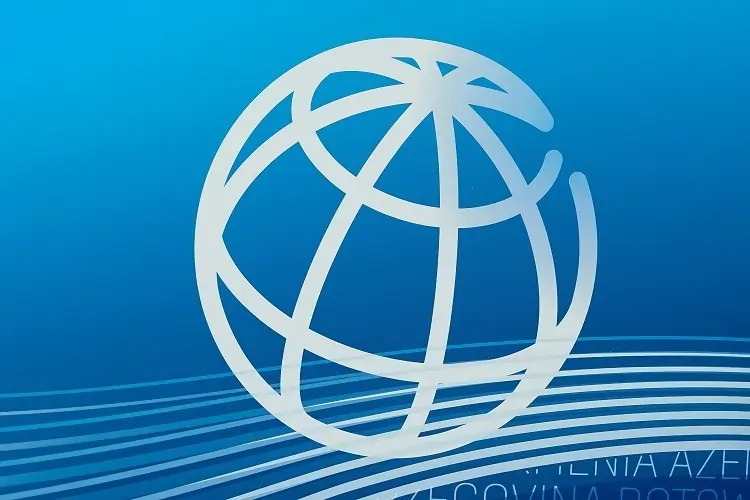
Development banks get ratings boost on climate clauses and hybrid bonds
By Marc Jones
LONDON (Reuters) – The World Bank and other top development banks got a double boost on Tuesday as Fitch said debt payment freezes for climate-disaster hit countries would not hit the banks’ credit rating and it would no longer cap ratings on new ‘hybrid’ bonds.
The World Bank and some other lenders started inserting Climate Resilient Debt Clauses (CRDC) last year that allow vulnerable low income countries to defer their repayments for up to 2 years if they are hit by a severe hurricane, flood or other type of catastrophe.
The concern for the multilateral banks was that they would be viewed as risky by ratings agencies, impacting the triple A scores that allow the banks to secure low as possible borrowing costs in global lending markets which they then pass on.
In a welcome move for the banks though, Fitch said that the clauses should have minimal impact given the scale of the banks’ overall balance sheets.
“The introduction of deferral clauses would typically be rating neutral,” Fitch said, as long as that when triggered, they do not cause a big enough problems to “affect the entity’s liquidity position.”
Fitch’s analyst Arnaud Louis said defining its stance on CRDCs had addressed a “gap” in its rating framework for multilateral lenders, given that CRDCs were expected to become increasingly common as climate change worries mount.
Fitch also changed its approach to new ‘hybrid’ bonds, the first of which was sold by the African Development Bank this year. They are designed to have lower capital buffer requirements to enable the banks to maximise their lending firepower.
The key change is that these bonds will no longer have their ratings capped at the A level Louis said, which is full 5 notches below the top triple A grade that most multilateral development banks have.
As a result “deeply subordinated” hybrids will be notched 3 notches below the standalone credit profile of the respective banks on average for instruments assigned “100% equity credit”, and two notches below for those with 50% equity credit.
(Reporting by Marc Jones; editing by Philippa Fletcher)


